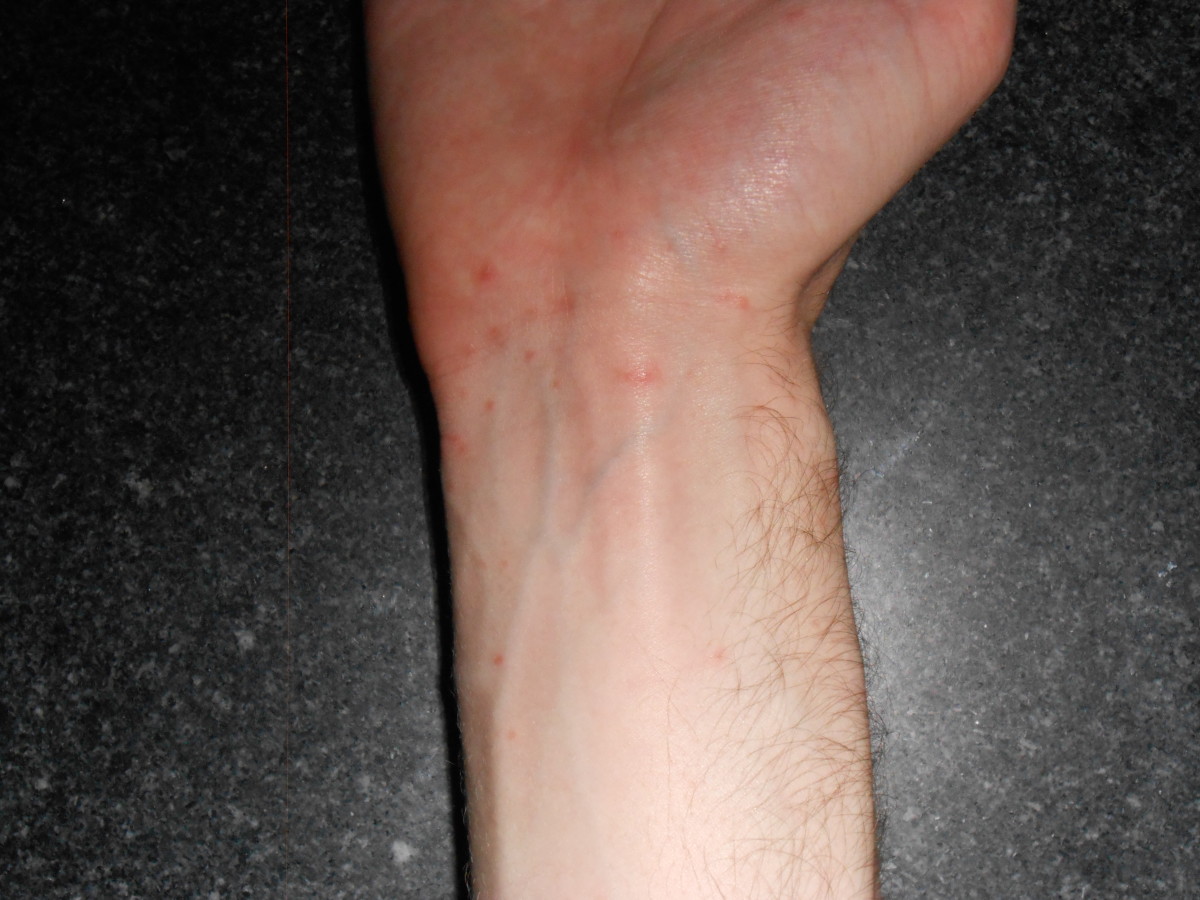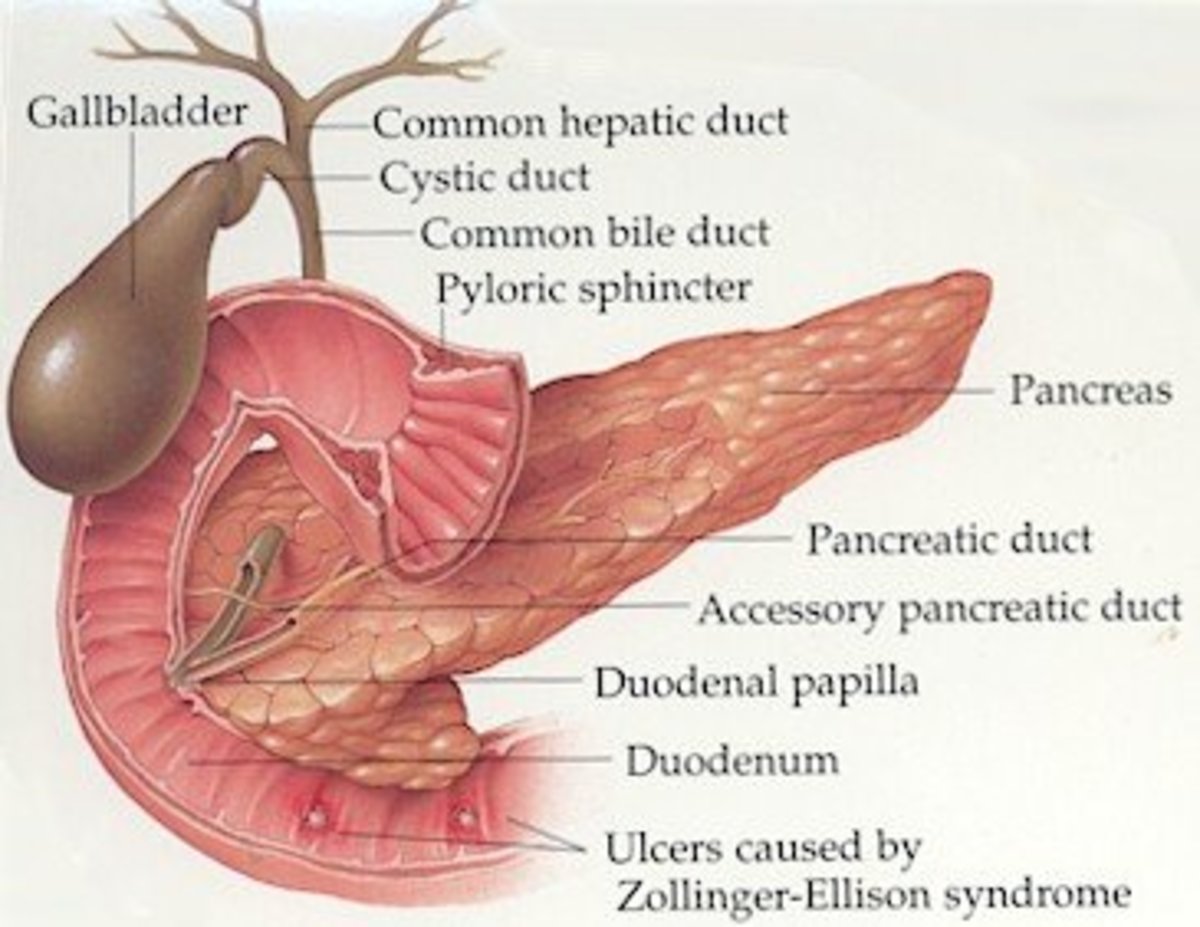Body Dysmorphic Disorder: What is it and How Does it Arise?

BDD is a relatively unknown disorder, in which a person is infatuated with a defect on a specific part of their body to the point where they can no longer function normally in social environments, thus hindering their everyday life. This defect may be real, but it is often times imaginary and can only be seen by the patients themselves. Although BDD can last a lifetime if gone untreated, it usually manifests itself in teenagers, with the average age of onset being between eleven and twenty. BDD has many lasting effects on these young adults, and therefore it interferes in their normal adolescent development. Adolescence is a very important time of development, and it often shapes young adults into the person they will be for the rest of their life, so it is important to understand how BDD affects young people so that we can stop the disorder in its earliest stages.
Before anyone can understand the exact effects of a disorder, it is crucial to understand the causes of the disorder itself. Although the exact causes of BDD remain to be unknown, there are some theories that suggest a neurobiological basis for the disorder. One neurobiological explanation for BDD involves a flaw in neurotransmitters, or chemicals that help send signals throughout the brain. Some of these neurotransmitters, serotonin for example, are often associated with controlling the mood of a person. When there is a lack of serotonin a patient’s mood can be affected drastically. The fact that BDD also has high levels of comorbidity with other mental disorders such as clinical depression and anxiety also supports the idea of BDD having a neurobiological basis. Patients with depression and anxiety have also been found to have significantly lower levels of important neurotransmitters such as serotonin. In one study, it was revealed that out of 80 patients with atypical depression, about 14% of those people had BDD, but not all studies consistently support the connection between clinical depression and BDD (Phillips, Didie, Menard, Pagano, Fay, & Weisberg, n.d.) .
With a lack of in-depth tests done on BDD, it is still hard to say that there is definite neurobiological causes for this disorder, but it is safe to say that there is some fairly obvious outside factors that contribute to the manifestation of BDD in teenagers. For one, adolescence is a time of major physical change for teenagers. These stressful changes, along with a natural desire to feel accepted create a temptation in teens to compare themselves with others. Along with comparing themselves with peers, teenagers often turn to the media and become further infatuated with their body image. With modern media portraying men and women with virtually unattainable bodies, teens face a lot of pressure regarding their physical appearance. Yet another factor contributing to BDD is bullying or extreme criticism from peers, parents, or other family members. Such tough criticism has been known to cause low self-esteem issues, and is also considered a risk factor for developing BDD. Traumatic experiences during childhood such as physical or sexual abuse are also risk factors for BDD. Many professionals often misdiagnose BDD because of the high levels of comorbidity with OCD, and other psychiatric disorders such as anxiety and major depression. Misdiagnosis is a huge point of concern according to Dr. Phillips, a Professor of Psychiatry at Brown Medical School and the Director of the Body Dysmorphic Disorder Program at Butler Hospital. Dr. Phillips says patients “might think they look ugly or like a monster or like a burn victim, and think people are making fun of them. They get depressed, so often the comorbidity is targeted although the body dysmorphic disorder is the main problem or the problem causing the depression” (Moore, 2005). Such misdiagnosis prevents earlier treatment, thus allowing BDD to worsen throughout adolescence.
Patients with BDD develop compulsive behaviors such as looking in mirrors, picking at their skin, and trying to disguise their perceived flaw, and although it is a fairly broad scope, 34%-78% of patients with BDD have developed comorbid OCD (Canan, Kocer, Yildirim, & Ataoglu, n.d.). In the most extreme cases, patients can spend hours and hours repeating these compulsive behaviors, so it is easy to see how BDD can take away from adolescent development. Social interaction is key to mental development, and oftentimes BDD patients begin to withdraw from society all together in an effort to hide their flaw or simply because they are too occupied with their “defect”. Teens suffering from BDD develop a lack of desire for relationships all together. Whether it is family, friends, or intimate relationships, they would rather be isolated from people than to risk rejection. Such relationships are important to emotional development, and therefore teens may never fully mature mentally.
The social phobia that develops during adolescence due to BDD also affects teens academically. Oftentimes these isolated teenagers are too distracted by their “imagined ugliness” to focus on their school work, and they fall behind in their education. Teens suffering from BDD have a significantly high risk of dropping out or falling behind academically, and they may never achieve their full academic potential. Because of their lack of education, employment and even family life becomes nearly impossible for these teens.
One of the most significant symptoms of BDD is frequent cosmetic surgery in order to fix the perceived flaw, but of course, countless procedures are to no avail. Teenagers are too young to undergo such procedures, but that may lead them to even more drastic measures such as suicide. Teenagers suffering from BDD often report high levels of stress and 80.6% of adolescent BDD patients have reported suicidal ideation, while about 44.4% have actually attempted suicide (Phillips et al., n.d.). BDD has the highest suicide rate of any other psychological disorder. In comparison, only 30% of patients suffering from clinical depression ever attempt suicide (“Facts About Suicide”, 2009).
As made apparent, Body Dysmorphic Disorder can drastically effect adolescent development and render many young adults incapable of functioning efficiently in society. Clinicians need to become more familiar with BDD, and acknowledge it when diagnosing adolescent patients with psychiatric disorders in order to more effectively treat struggling young adults.
REFERENCES
Body Dysmorphic Disorder. (n.d.). Cleveland Clinic. Retrieved March 9, 2010, from http://my.clevelandclinic.org/disorders/body_dysmorphic_disorder_bdd/hic_body_dysmorphic_disorder.aspx.
Canan, F., Kocer, E., Yildirim, S., & Ataoglu, A. (n.d.). Obsessive-Compulsive Disorder After Body Dysmorphic Disorder: A Report of 2 Cases (a man and his mother). National Center for Biotechnology Information. Retrieved March 8, 2010, from http://www.ncbi.nlm.nih.gov/pmc/articles/PMC2018850/.
Facts About Suicide - HealthyPlace. (2009, February 25). HealthyPlace.com - Trusted Mental Health Information and Support - HealthyPlace. Retrieved March 9, 2010, from http://www.healthyplace.com/bipolar-disorder/suicide/facts-about-suicide/menu-id-67/
Gorbis, E. (n.d.). Body Dysmorphic Disorder. Obsessive-Compulsive Disorder (OCD) and Spectrum Disorders Resource. Retrieved March 9, 2010, from http://www.brainphysics.com/bdd_gorbis.php.
Greenberg, J. L. (n.d.). International OCD Foundation (IOCDF). International OCD Foundation (IOCDF). Retrieved March 9, 2010, from http://www.ocfoundation.org/EO_BDD.aspx
Moore, H. (2005, December 1). Body Dysmorphia in Adolescents—More Than Just Poor Body Image. Welcome to NeuroPsychiatry Reviews!. Retrieved March 9, 2010, from http://www.neuropsychiatryreviews.com/dec05/dysmorphia.html.
Phillips, K., Didie, E., Menard, W., Pagano, M., Fay, C., & Weisberg, R. (n.d.). Clinical features of body dysmorphic disorder in adolescents and adults. National Center for Biotechnology Information. Retrieved March 8, 2010, from http://www.ncbi.nlm.nih.gov/pmc/articles/PMC1592052/.
Phillips, K. (n.d.). Psychiatry Weekly: Fixing the Broken Mirror: Body Dysmorphic Disorder. Psychiatry Weekly: psychiatric news, information, education. Retrieved March 9, 2010, from http://www.psychweekly.com/aspx/article/ArticleDetail.aspx?articleid=112.





